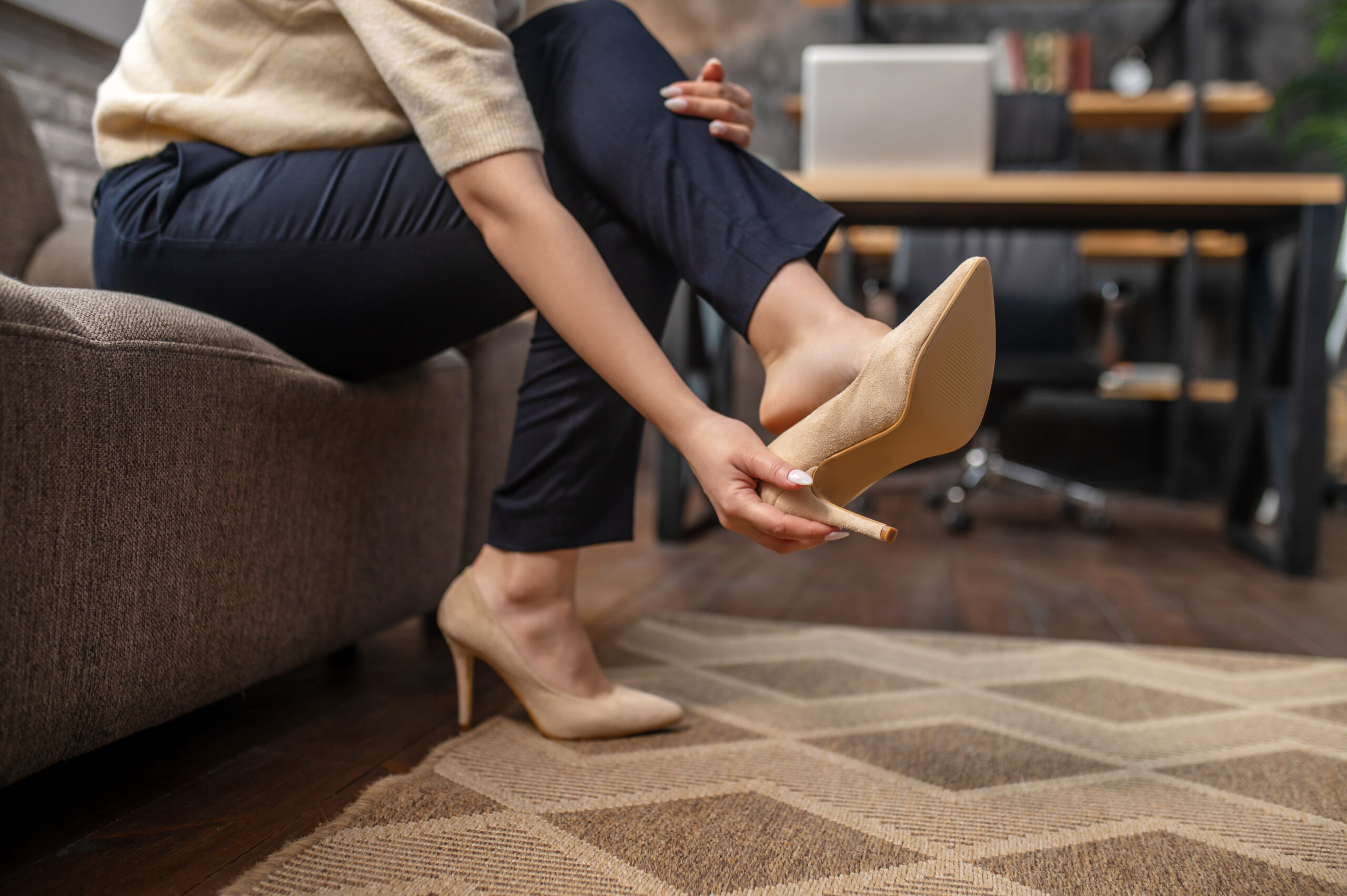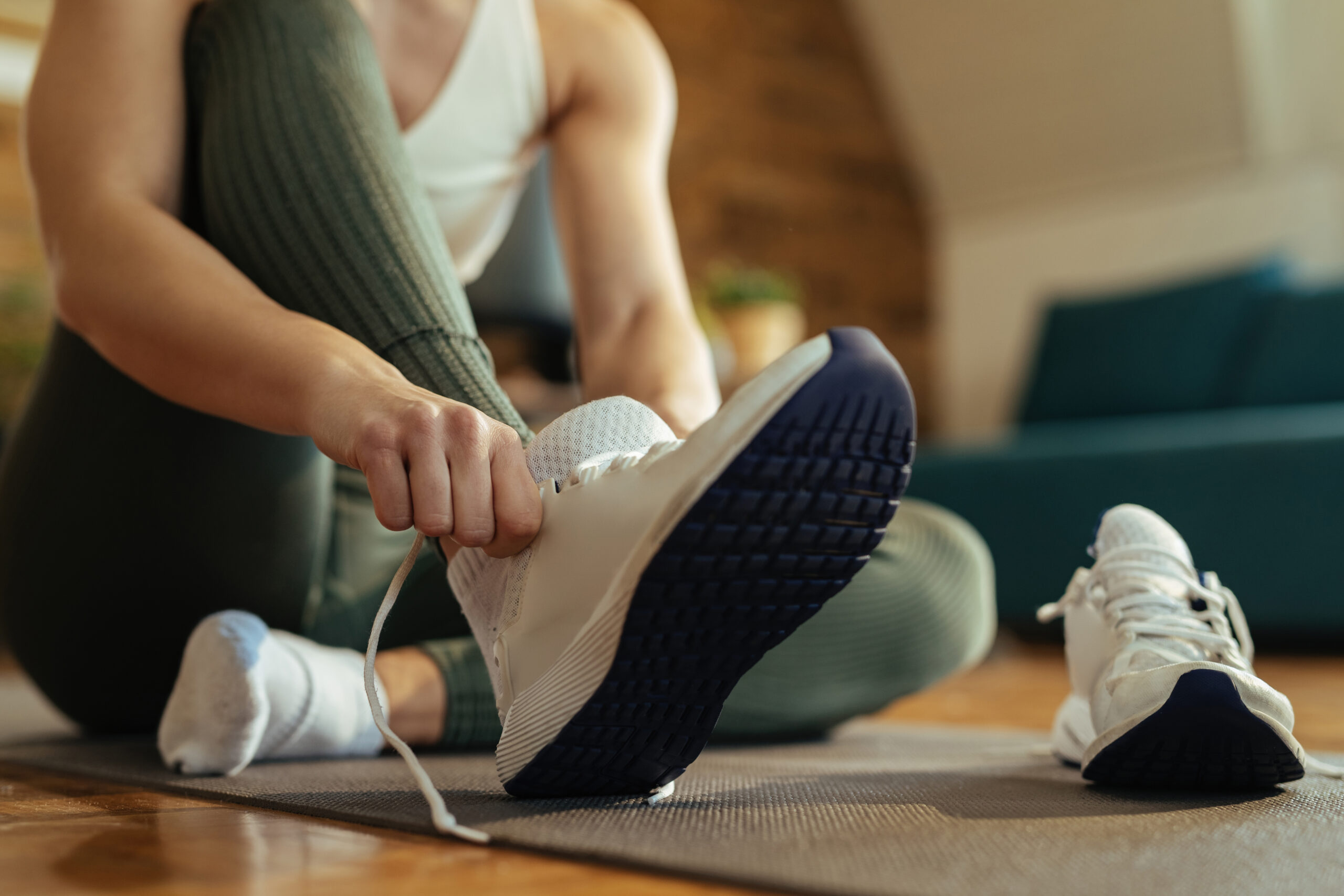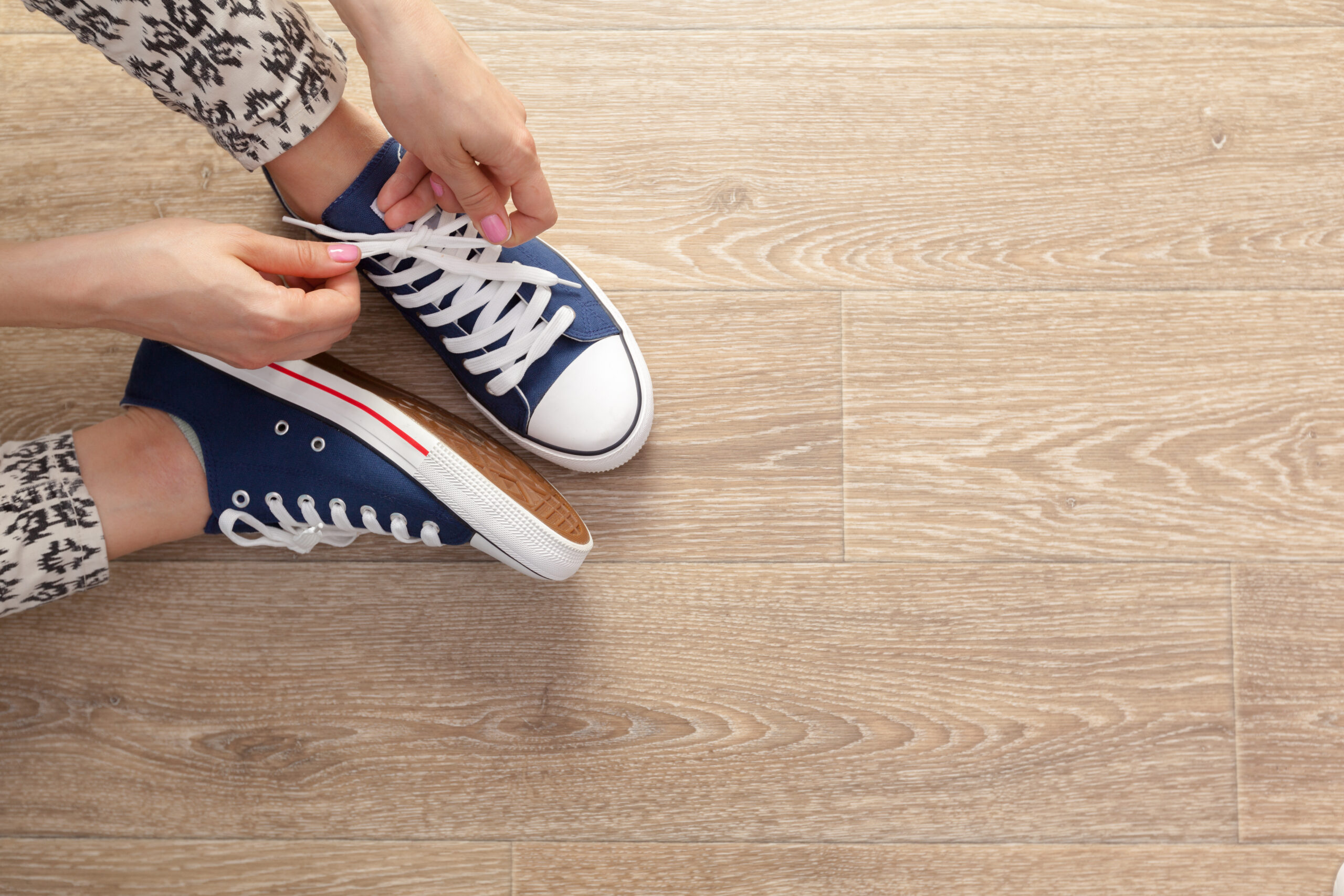How to prevent farting noise in shoes?
Have you ever found yourself in a situation where every step you take seems to emit an embarrassing, fart-like noise from your shoes? It’s an amusing scenario, but not so funny when you’re in a serious meeting, walking down a quiet hallway, or simply trying to maintain some dignity in public.
So, if you’ve been wondering, “How to prevent farting noise in shoes?” – you’re not alone.
So, if you’ve been in search of a solution for your squeaky footwear, stick with us as we explore “how to prevent farting noise in shoes” and embark on the path to soundless steps.

Read: How to fart without making noise?
Why Do Shoes Make Farting Noises?
Before diving into How to prevent farting noise in shoes? Let’s explore some common reasons why shoes tend to make a farting noise.
Shoes can make farting noises, often referred to as “squeaky” or “flatulent” sounds, due to a combination of factors. These sounds can be quite embarrassing, but understanding why they occur can help you prevent them.
Here are some common reasons why shoes make farting noises:
Friction:
One of the most common reasons for shoe noises is friction between different materials in your shoe, such as the insole and outsole. As you walk, these materials rub against each other, creating a squeaking sound.
Moisture:
Moisture, whether from sweat or external sources like rain or puddles, can seep into your shoes. When your feet move inside the moist environment, it can create a squishing or farting noise as air and moisture are forced out.
Air Trapped in the Sole:
New shoes, in particular, can trap air within the sole. When you step on certain areas, the air may escape, producing unexpected sounds.

Material and Design:
The materials used in your shoes and their design can also influence noise production. Cheaper or low-quality materials may be more prone to squeaking.
Worn-out or Loose Components:
As your shoes age, the components may become loose or worn out, increasing the chances of noise. This can include worn-out insoles, loose soles, or damaged shoe linings.
Humidity and Temperature:
Environmental conditions, such as high humidity and temperature, can affect the materials in your shoes. In extreme conditions, they may expand or contract, causing noise.
Foot Movements:
The way you walk and the pressure you exert on certain areas of your shoes can also contribute to noise. Some people naturally walk in a way that creates more friction and sound.
Ever wondered How to fart quietly in class?
Now let’s take a look at How to Prevent Farting Noise in Shoes?
How to Prevent Farting Noise in Shoes?
Have you ever been in a situation where your shoes decided to join the conversation with an unexpected “squeak” or “fart” sound with each step you take?
It can be quite embarrassing, but fear not; there are ways to silence your shoes and prevent these awkward noises.
Let’s delve into the various sources of shoe noise and explore how to keep your footwear quiet and comfortable.
1. Noise From The Outer-Sole Unit
One of the primary culprits of shoe noise is the interaction between the outer sole of your shoe and the ground. When these surfaces rub together, they can produce a squeaking sound.
To prevent this noise, you can:
- Choose Shoes with Rubber Soles: Rubber soles often produce less noise than hard, plastic soles.
- Apply Lubricants: Use a silicone-based lubricant on the outer sole to reduce friction.
2. Noise From The Inner-Sole Unit
The inner sole of your shoe, where your foot makes contact, can also contribute to noise.
Here’s how to tackle this source:
- Sock Liners: Consider using sock liners or insoles to create a barrier between your foot and the inner sole.
- Powder or Baby Powder: Sprinkle a bit of powder on the insole to reduce friction and absorb moisture.
3. Noise From The Shoe’s Tongue
The tongue of your shoe can sometimes rub against the inner lining, creating noise.
To prevent this, try the following:
- Reposition the Tongue: Make sure the tongue is centered and not crumpled inside the shoe.
- Lubricate the Tongue: Apply a small amount of lubricant to the tongue’s underside to minimize friction.
4. Squeaking Sound Due To High Foot Arch
A high foot arch can cause your shoe to flex in unusual ways, leading to squeaking sounds.
To address this, you can:
- Use Orthotic Inserts: Orthotic inserts can help maintain a more natural arch, reducing noise.
- Choose Supportive Shoes: Opt for shoes with arch support designed for your foot type.
5. Squeaking Noise Due to Trapped Moisture
Moisture inside your shoes, whether from sweat or external sources, can create a squishing sound.
To combat this, consider:
- Moisture-Wicking Socks: Wear socks designed to wick moisture away from your feet.
- Regular Shoe Maintenance: Ensure your shoes are dry, and if they do get wet, stuff them with newspaper to absorb moisture.
By addressing these various sources of shoe noise, you can significantly reduce or even eliminate those embarrassing farting sounds.
Remember that different shoes may require different solutions, so don’t be afraid to experiment and find the methods that work best for your specific footwear.
Read: How to fart naturally?

How To Prevent Farting Noise In New Shoes?
Preventing farting noise in new shoes is essential to maintain your composure and confidence while wearing them.
New shoes, in particular, tend to produce squeaking or farting sounds due to various factors.
To silence your new shoes and prevent these embarrassing noises, consider the following tips:
Lubricate the Insoles:
Apply a small amount of lubricant, such as silicone spray or WD-40, to the insoles of your new shoes. This helps to reduce friction between your foot and the insole, minimizing squeaking sounds.
Insert Sock Liners or Insoles:
Sock liners or insoles can act as a barrier between your foot and the shoe’s insole. They reduce the direct contact that often leads to noise. Choose cushioned or moisture-wicking options for added comfort.
Use Baby Powder or Talcum Powder:
Sprinkle some baby powder or talcum powder inside your new shoes. These powders absorb moisture and reduce friction, effectively preventing squeaks.
Stretch and Flex Your Shoes:
New shoes may trap air inside the soles, causing squeaky sounds. To release this air, flex and stretch your shoes gently to allow it to escape.
Choose the Right Socks:
Opt for socks made from natural, breathable materials like cotton. These materials help to reduce moisture and friction within the shoe.
Break Them In:
New shoes often need time to adapt to the shape of your feet. Gradually break them in by wearing them for short periods before full-time use. This can reduce noise caused by rigid, unworn materials.
Inspect for Loose Components:
Check for any loose components within your new shoes, such as detached insoles or tongues. Reattach or adjust them to prevent noise.
Keep Feet Dry:
Ensure your feet are dry before putting on your shoes. Using moisture-wicking socks and applying foot powder can help reduce moisture inside your shoes.
Regular Maintenance:
Clean and maintain your new shoes properly. Regularly check for signs of wear and tear and address any issues promptly.
Consult a Cobbler:
If the noise persists despite your best efforts, consider visiting a cobbler. They can examine your shoes, identify the problem, and provide professional solutions.
Remember that different shoes may respond better to specific prevention methods.
Experiment with these tips and find the combination that works best for your new shoes.
Over time, as your shoes adapt to your feet and wear in, you should notice a reduction in those embarrassing farting noises.
Read: How to fart in a Jar?
FAQs: How to Prevent Farting Noise in Shoes?
How do I stop my shoes from making farting noises?
To prevent farting noises in your shoes, you can:
- Lubricate the insoles with a silicone-based spray.
- Use sock liners or insoles to create a barrier between your foot and the shoe’s insole.
- Apply baby powder or talcum powder to absorb moisture.
- Choose the right socks made from breathable materials.
- Keep your feet dry and maintain your shoes properly.
What makes a farting noise in shoes?
Farting noises in shoes typically result from friction between various components, such as the insole and outsole, and the presence of moisture inside the shoe. Air trapped in the soles of new shoes can also lead to squeaking or farting sounds.
Why do my Birkenstocks make noise when I walk?
Birkenstocks, like any other shoes, can make noise due to friction, moisture, or air trapped in the soles. You can apply similar solutions, such as using lubricants, insoles, or powders, to reduce the noise in Birkenstock sandals.
How do you make a squeaky fart sound?
Creating a squeaky fart sound for humorous or playful purposes can be done by pressing your hands together to generate friction while simultaneously releasing a small amount of air.
The friction and air release should mimic the sound of a squeaky fart. This is a light-hearted and fun sound, often used in a playful context, such as during a prank or in a humorous situation.
Conclusion
In conclusion, addressing the issue of farting noise in shoes is about more than just preventing an awkward sound – it’s also about preserving your dignity and confidence in any situation.
Throughout our exploration of “How to Prevent Farting Noise in Shoes,” we’ve uncovered a variety of effective techniques and solutions that can help you maintain a noise-free stride.
To recap, it’s clear that with a little effort and the right techniques, you can enjoy a quiet and confident walk, free from any unnecessary noise.
So, next time you’re faced with the challenge of preventing farting noises in your shoes, you’ll be well-equipped to handle it with poise and grace.
Just as we’ve discussed solutions for footwear, there are also ways to address unwanted odors in your car, as explored in the article “How to Get Fart Smell Out of Your Car?” Transitioning from a world of awkward sounds to one of comfort and confidence is indeed possible, step by step – and stride by stride.



